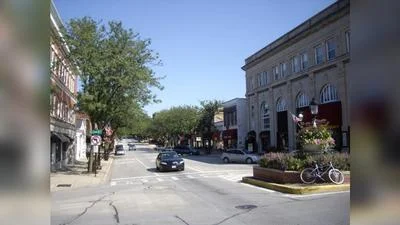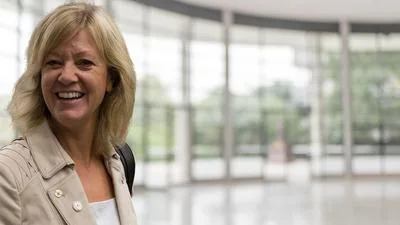Alderman Marti Deuter | Linkedin / Marti Deuter
Alderman Marti Deuter | Linkedin / Marti Deuter
At its March 6 meeting, the Elmhurst City Council discussed potential changes to the city's intersections.
The city is currently undergoing a pilot traffic program in the College View neighborhood to improve traffic safety and create a more consistent traffic flow in the area. A big proponent of this study is how the city wants to handle residential intersections, a decision that will soon expand citywide.
It was determined that over 200 of Elmhurst’s 711 residential intersections are uncontrolled, meaning no stop or yield signs. Many of them have existed this way since the neighborhood or roads were put in and operate on an understood basis by residents. Many of them are also T intersections, with one road having the right of way and the other being a residential access or dead-end drive.
It is recommended that directional signage be installed at all of these intersections to diminish risk. It was also determined that 110 of Elmhurst’s residential intersections are controlled by yield signs, which are infrequently used and not always advisable. It was also recommended that all of these intersections be changed from yield signs to stop signs to increase safety and caution of drivers.
“Surrounding communities made this change years ago, and our analysis of a handful of intersections in the city, when staff looked at where in the city we had made the change from a yield sign to a stop sign, and in those cases the accident history went from multiple, I think averaging 3 or 4, down to zero in the years since it was done,” Alderman Marti Deuter said. “Pretty powerful information that supports this change. These changes are intended to increase safety and decrease accidents by increasing consistency, reducing confusion, and proactively accounting for obstructions that decrease sightlines in residential areas, things like landscaping, parked cars, and delivery trucks.”
Council voted in favor of making an amendment to the report saying the city would continue to follow the guidance of the MUTCD (Manual on Uniform Traffic Control Devices), which they have done for years, but will also allow for engineering input and decision-making for specific intersections if it is deemed advisable or necessary. The council was in favor of the report and the future changes to many of the intersections, citing concern for young drivers and visitors who are unfamiliar with the streets.
The board will meet again at 7:30 p.m. on Monday at the Council Chambers at 209 North York St.






 Alerts Sign-up
Alerts Sign-up